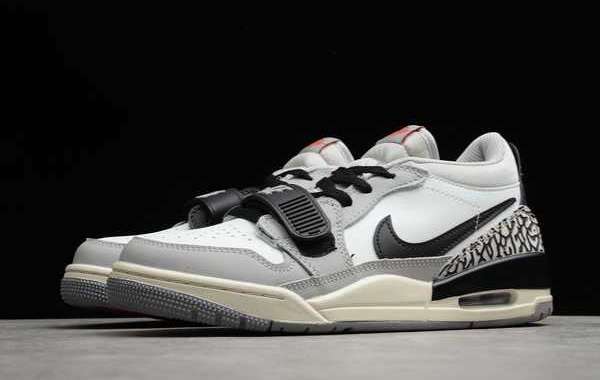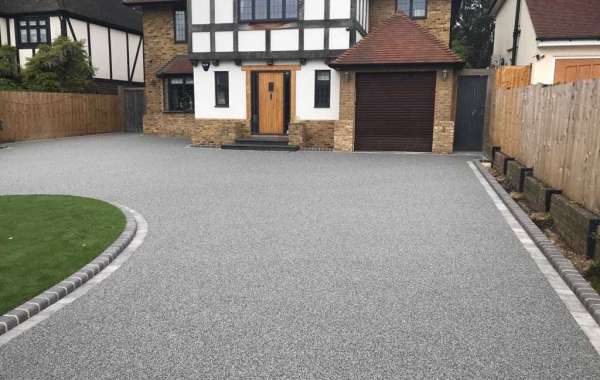If saving a little time deserves anything for you, here are a few things you may wish to consider before having that very first meeting with a web designer about your site. Ideally, by investing some time in advance you will be much better gotten ready for the questions that you will undoubtedly be asked.
Keywords
When searching for something online, potential website visitors utilize search engines such as Google, Bing, and Yahoo among others. These individuals search for possible providers of the information, products, or services that they are searching for by typing particular related keywords into the search engines.
As a website owner, you need to be aware of the keywords used by your potential clients. To do that, you require to carry out keyword research. Once you have your keywords, you must then integrate them into your site structure and likewise them to promote your site. Your web designer will therefore ask what your target keywords are.
A typical issue triggered by many brand-new site owners is that they target unrealistic keywords that are extremely competitive. You should assess the strength of your current rivals to identify how simple it is to rank for any particular keyword in the future.
An excellent search engine optimization practice is to have a mix of both main keywords (relatively competitive) that you wish to eventually rank well for and the so-called "long tail" keywords (not extremely competitive).
In your early phases of SEO, you might target "Website Design Singapore" rather of "Website Design" which is much more competitive.
Site structure
Site structure is simply a description of the pages readily available on your site and the navigational structure in which you prepare for moving in between them. As a site owner, you ought to have an approximation of the site structure that you would like, this then makes it possible for the web designer to plan which sections to allow for when assembling the various pages.
Menu Navigation
A site can have a flat structure such that all the pages are accessed from the primary navigation menu or it can have specific pages that can be accessed from their moms and dad pages but not from any other pages. You can also have a drop-down menu as part of your site structure.
Content
When employing a web designer it is also important to supply him/her with an estimate of the volume of text to be consisted of in each page and how that text must act when the user alters the size of the window.
If you have the time, it is a good concept to have a draft of the text to be published on your pages and ideally have numerous keywords therein, about four to 5 of them per page. This doesn't however indicate that you pack your pages with keywords but rather have them sprinkled on your content in a natural way.
Layout
Websites fall under 2 main kinds of layouts particularly the fixed and the fluid layout. The fixed size website layout is typically developed in fixed canvas size, normally 1000 pixels wide. Canvas remains in a lot of cases aligned to either the left or the center. The position of the page components will not change even if the screen is changed.
The screen resolution of the user has a significant effect on how such a site displays. 1024x768 and 1280x1024 are by far the most extensively utilized screen resolution worths at the time of composing this article and most sites have no problem showing these screen resolutions. A really small screen resolution, however, causes the internet browser to have extra scroll bars and too large screen resolution triggers the site page to float in the browser either at the center or at the left depending upon the positioning.
Sites with a fluid layout typically broaden utilizing the full window and are created such that the page content reorders when the user resizes the window. Numerous choices are offered for the fluid site layout. For example, you can have a fluid layout site with 1, 2, or 3 columns.
The fixed layout is typically better for websites that are that use a great deal of images and if the site owner wants to make sure a consistent screen on all web internet browsers. For textual-based websites, the fluid layout produces a great choice.
Branding
You can also use your site to even more enhance your brand name if you have actually already developed one. If you have not yet started branding your company, then think about using the colors that you feel are going to provide your business in a professional way. Because light, you need to likewise have actually decided the font types most appropriate for your brand name identity.
Images
The web is a visual medium and images play a really essential role in how individuals perceive your site and your company. You need to likewise use images to break the text on your site into smaller sized pieces lest your site visitors get bored and surf elsewhere. You can either utilize your own images or find stock images on sites such as stock.adobe.com and shutterstock.com. You will frequently discover some of the stock images really vibrant since the majority of them are provided by expert photographers and designers. Prior to engaging the web designer it is a good idea to have your own images at hand otherwise have an idea of the type of images you desire.
Special features
In many cases, you might prefer to have certain special features on your site varying from flash banners and image galleries to password-protected areas and special animations to name a few. In such cases, you must have these at hand at the time of the initial conference or conversation.













